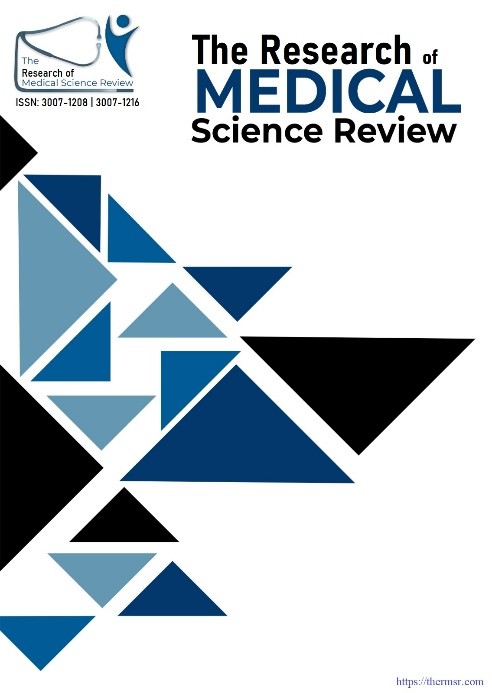EFFECTIVENESS OF VISUAL INFUSION PHLEBITIS (VIP) SCORE IMPLEMENTATION ON REDUCING PERIPHERAL INTRAVENOUS PHLEBITIS RATES: A CORRELATIONAL STUDY
Main Article Content
Abstract
Vein inflammation, or phlebitis, is frequently linked to intravenous (IV) treatment. It may result in consequences like infection and cause pain, erythema, and edema. A proven technique for determining the degree of phlebitis and helping nurses make prompt clinical decisions about IV catheter management is the Visual Infusion Phlebitis (VIP) score. The VIP score encourages regular observation and offers a methodical way to spot phlebitis symptoms including discomfort, redness, or swelling early on. The basic aim of the research is to assess the knowledge and practice of nurses regarding the use of the Visual Infusion Phlebitis (VIP) Score. A quantitative, correlational study was conducted to evaluate the effectiveness of VIP (Visual Infusion Phlebitis) scoring strategies in reducing phlebitis incidence. The ethical guidelines were fulfilled according to BERA framework. The target population included Random Registered Nurses involved in IV therapy. Data Was collected using a self-administered structured questionnaire based on a Likert scale . Firstly, descriptive Statistics were run which lead to inferential statistics using SPSS version 21 to test hypothesis and to test the relationship between VIP scores and reduction score in phlebitis pearson correlation was applied. The results highlighted that there is a significant negative relationship between nursing adherence to phlebitis and incident rates . Incident Rate and Nurses Adherence are -0.981. This figure indicates a very strong negative linear relationship between the two variables.This suggests that when the level of "Nurses Adherence" increases, the "Incident Rate" tends to decrease both sharply and gradually.
Downloads
Article Details
Section

This work is licensed under a Creative Commons Attribution-NonCommercial-NoDerivatives 4.0 International License.
